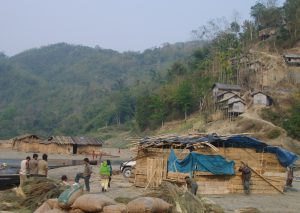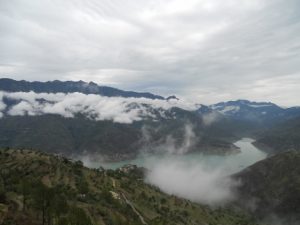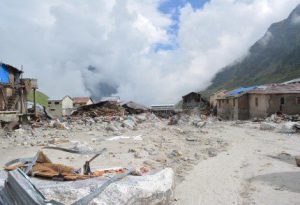China’s mangrove forests have shrunk from an area of 42,000 hectares 40 years ago, to only 14,600 hectares today, due mainly to excessive land reclamation for development and clearing for aquaculture.
Mangrove forests are rich in dead leaves and other forms of humus and a habitat for many inshore animals. They are also known as the nursery of the seas – 75% of tropical fish species spawn here. Growing in inter-tidal zones, they absorb the power of typhoons and the tides, preventing coastal erosion and protect coastal ecologies.
After a number of years of decline, mangrove forests today only remain in the provinces of Guangxi, Guangdong, Hainan, Fujian, the south of Zhejiang and Taiwan. Those in Guangxi are largest, accounting for 31% of all China’s mangrove forests.
Ecologist Zhao Lianshi has been studying mangrove forests – the “guardians of the coast” – for the last few years, using his camera to document the crisis mangrove forests face.







